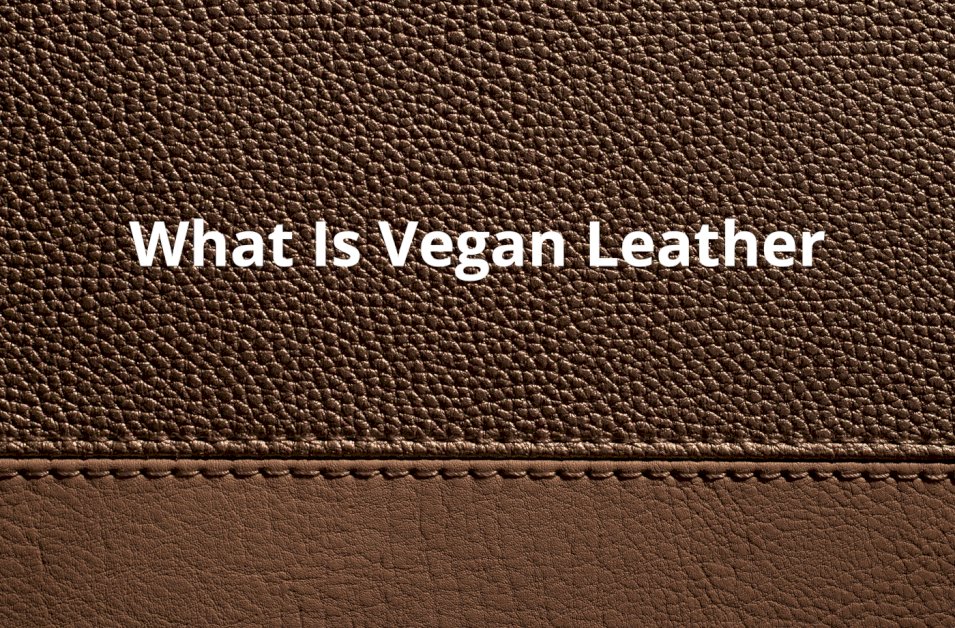As more people search for sustainable and cruelty-free alternatives to traditional animal leather, vegan leather is becoming a fascinating and rapidly evolving option. In this article, we’ll explore its definition, advantages and disadvantages, and practical uses.
What is vegan leather definition?
Vegan leather refers to any material that imitates traditional leather without using animal hides or byproducts. It serves as a cruelty-free alternative to animal leather.
Vegan leather is typically made from polyurethane, which might make it sound like vegan leather is PU leather. In fact, PU leather is a type of vegan leather. Vegan leather can also be made from materials like pineapple leaves, apple peels, cork, mushrooms, and recycled plastic.
What is vegan leather made of?
Vegan leather production depends on the material used, including:
PU (Polyurethane): The most common type, a plastic-based leather alternative known for its durability and affordability.
PVC (Polyvinyl Chloride): Another plastic option, but less environmentally friendly due to its production process and chemicals.
Plant-based materials: Leather made from pineapple leaves, cactus, mushrooms, apple peels, corn waste, and even cork.
Recycled materials: Some vegan leathers are made from recycled plastic and other post-consumer waste, giving waste a fashionable second life.
If you want to understand how vegan leather is made, you can look at the production process for PU leather, as the two processes are identical.
Advantages of vegan leather
Animal-friendly and cruelty-free: No animals are harmed in the production process.
Sustainable: Many modern vegan leathers are made from innovative bio-based materials such as pineapple leaves, cork, apples, and recycled plastic.
Variety: Offered in a wide range of colors, textures, and finishes that are hard or even impossible to achieve with animal leather.
Lower cost: Vegan leather eliminates the need for genuine leather, providing a stylish look at a more affordable price.Water-resistant: Unlike many dyed animal leathers, most vegan leathers are naturally resistant to water and spills.
Disadvantages of vegan leather
Durability varies: Many inexpensive faux leathers are less durable than high-quality genuine leather. They’re more likely to crack, peel, or fade, leading to a shorter lifespan and possibly requiring more frequent replacement.
Odor: Most vegan leather is made from polyurethane (PU) or polyvinyl chloride (PVC). These PU leather products are derived from fossil fuels and may carry a plastic or chemical smell. Proper ventilation is often needed to eliminate the odor.
Uses of vegan leather
Fashion & footwear: In addition to bags, vegan leather is used in jackets, belts, shoes, and watch straps, all combining ethical values with cutting-edge style.
Home decor & furniture: Items like sofas, chairs, and cushions are mainly crafted from vegan leather.
Automotive interiors: Vegan leather is a popular choice for car interiors and upholstery.
Accessories & tech: From sleek wallets and phone cases to stylish laptop sleeves, these everyday items often go unnoticed.
Conclusion
I’m confident you now understand what vegan leather is—or maybe you’re thinking about buying a vegan leather product. It provides an alternative to traditional leather, combining style, functionality, and affordability. While it does have some limitations, especially in terms of durability and sustainability, ongoing innovations are addressing these challenges. Vegan leather is an appealing choice for individuals and businesses looking for a cruelty-free, stylish, and often more affordable option.




